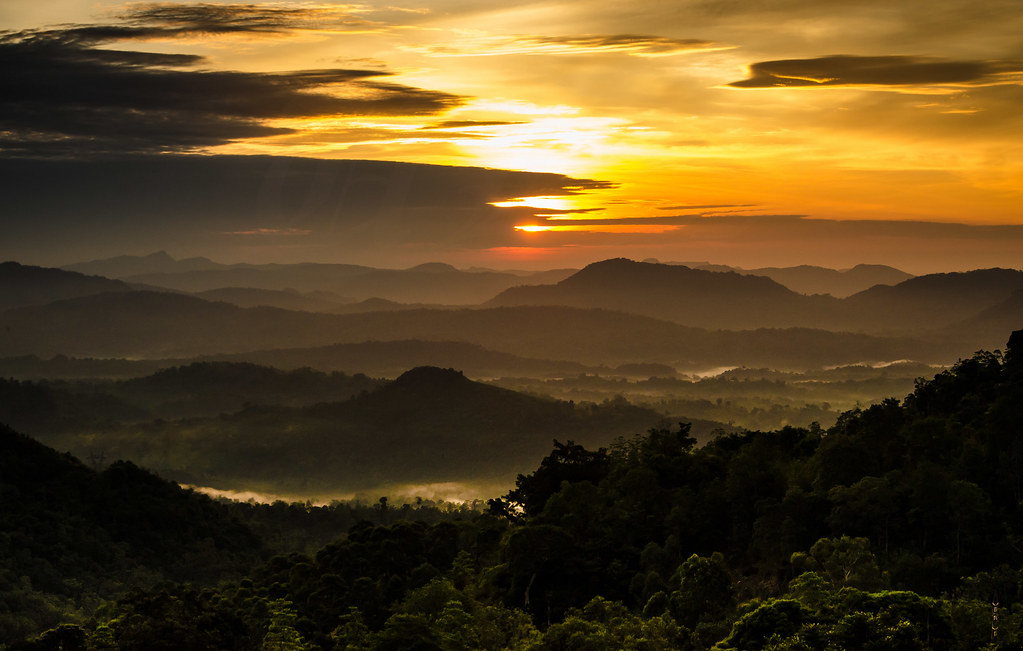ALAAWA — Sri Lanka's beaches are known for their beauty, but from the mid-1980s until seven years ago few tourists saw them as war raged between government troops and the Tamil Tigers guerilla group. The country slowly imploded, socially and economically.
The few who dared to invest believed that one day the country would again rise. And indeed Sir Lanka began its climb back in May 2009, when the Tamil Tigers were defeated.
Swedish clothing manufacturer Jan Höjman saw the potential in the tiny island nation, building a factory while the war still raged. "We started in 2004 in spite of the war and all that meant," he says now. "Of course, it felt very unsafe, but at the same time we saw a country where contact with the officials went smoothly, especially in terms of legal aspects and logistics."
Höjman was convinced because he knew that the country had both excellent tailors and a long tradition of clothing production. And then the war indeed finally ended.
"Since then, the country has changed dramatically in many, many areas," he says. "Especially regarding the infrastructure, the roads."
Manager Nalin Papadana guides visitors around a factory, built in 2006 in Alaawa in north central Sri Lanka. Rows of men and women are busy stitching and cutting fabric, sewing on buttons, ironing collars. Production here is radically different from mass manufacturers because the 500 workers fill Internet orders, sewing each garment individually according to body size and style preference.
Dannika, a seamstress, has been working here since the factory opened. She breaks into a wide smile as she explains the improvement since the war ended. "We can travel anywhere we like because it's safe now," she says. "We're no longer afraid. The factory has programs with music, dance and a child daycare center."
Attracting workers
These extra perks are becoming more common across Sri Lanka as prodution facilities try to attract skilled local tailors.
But the textile sector, though booming, has been hit by one dark cloud: The EU dropped Sri Lanka from its list of countries with duty-free import, and that cuts into profits and limits investors.
It lost its favorable EU status because the government refuses to allow a UN investigation into how an estimated 70,000 Tamil Tigers were killed in the last battle of the war. A UK TV channel has produced a documentary showing Sri Lankan troops shooting the Tamil prisoners of war.
But the EU issue doesn't bother Nalin Pappadana because orders are streaming in and a new factory will go up. "That's the plan," he says. "It will take around three years time to finish all the factory premises. Then we'll have the capacity to employ 1,200 plus another 500 here."
It's not just textiles that are expanding. Sri Lanka's biggest contributor to the economy is now tourism, with a 40% jump over the last three years.
But most hotels are small operations. The country is in deep debt to China, which has built the new roads, harbors and airports. Bigger investors will be necessary to repay the loans.
A traditional ceremony greets the guests at Sri Lanka's first luxury hotel, which opened in December. The hope is that tax revenue from five-star hotels like this one will help reduce government debt.
Hotel manager Tamir Kobrim says Sri Lanka's time has come. "The owners saw the opportunity, and we are investing just about $100 million in two resorts," Kobrim says. "It's a huge investment, a huge commitment for the company and the owners, and I think they believe in the country, in the future. They believe that Sri Lanka is a new destination."
Sri Lankans too are optimistic. With a literacy rate of 93%, free health care and developed infrastructure, things are looking up.
A major challenge is to ensure an equal share of the development revenue is invested in the north and east. That's crucial because, if not, the country risks Tamil protests, which might quickly scare away both investors and tourists.







